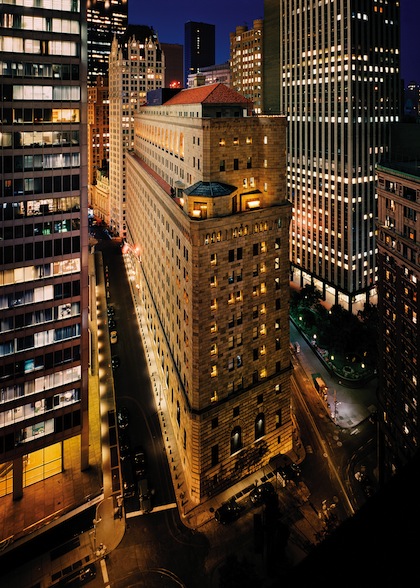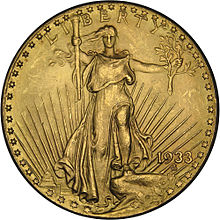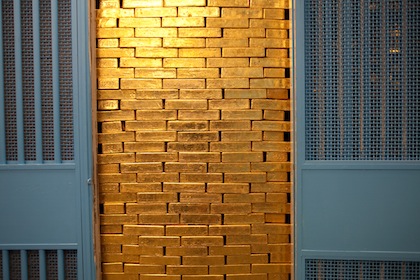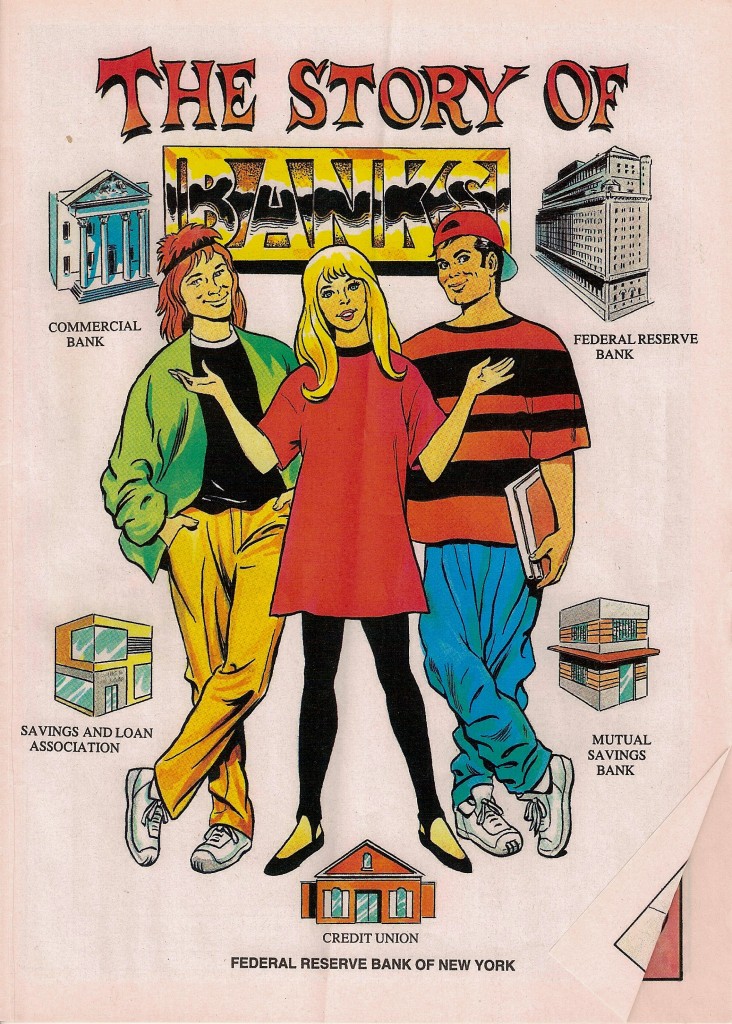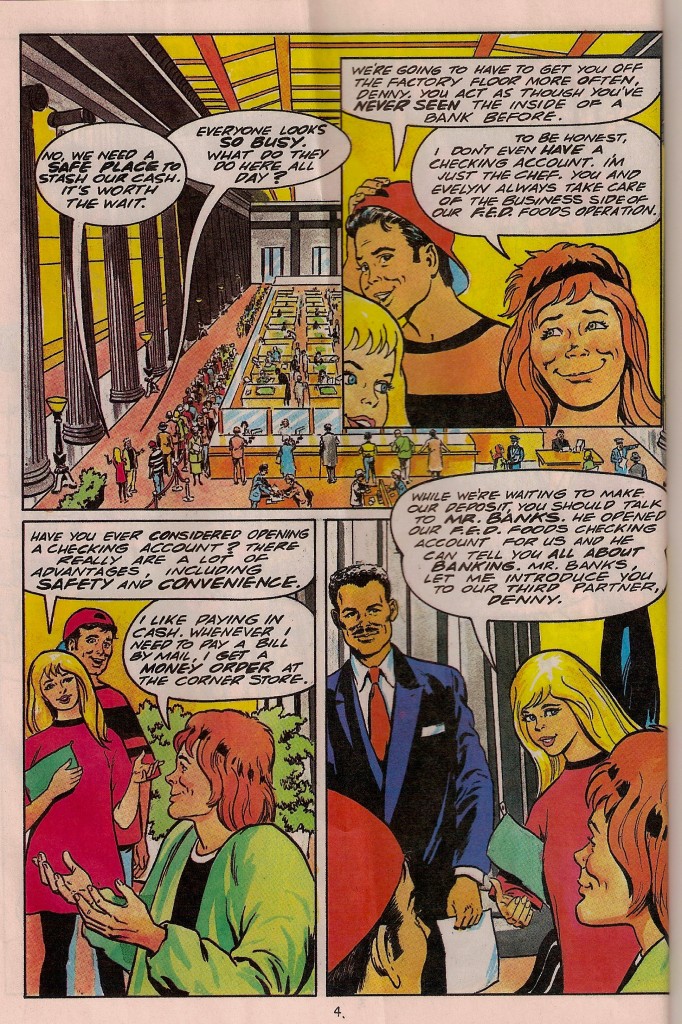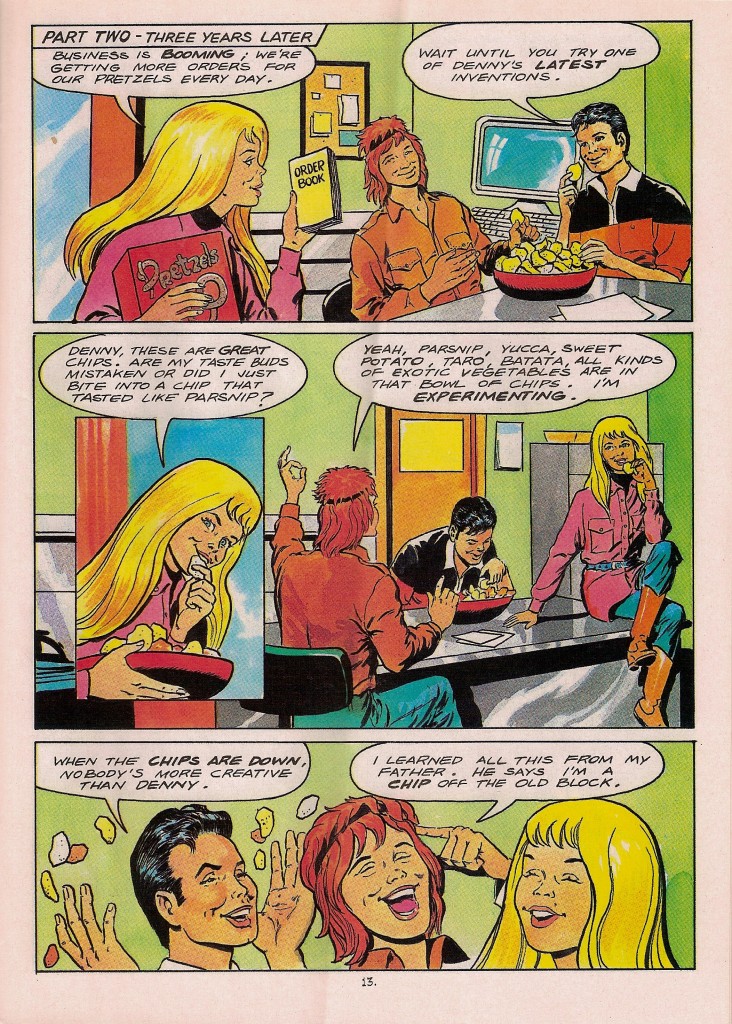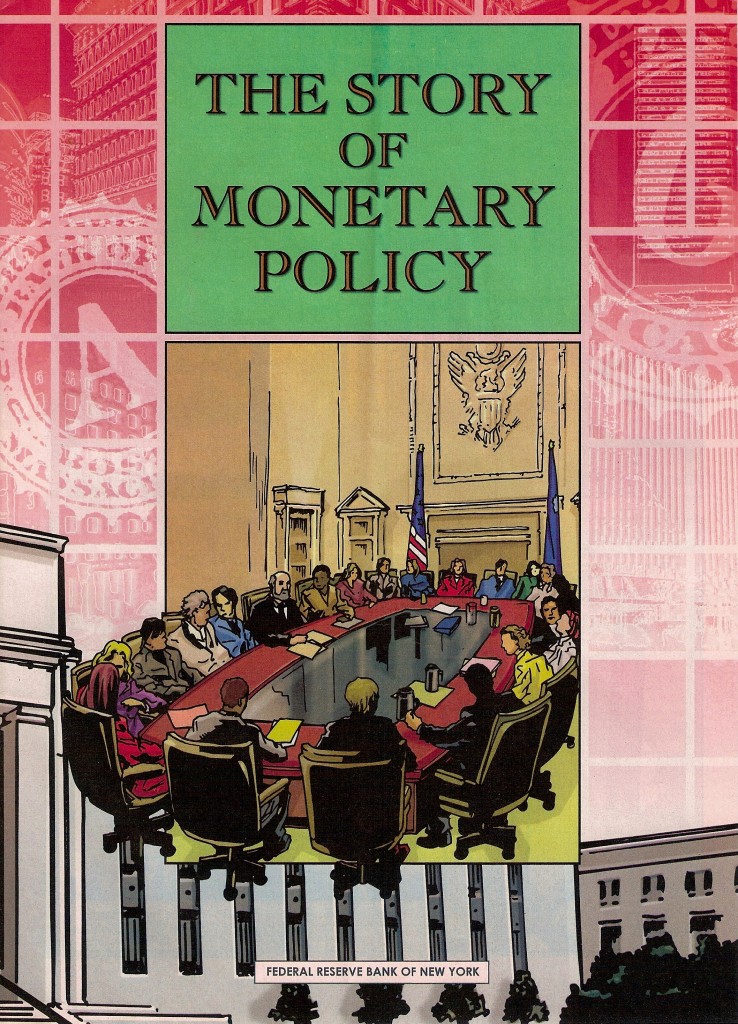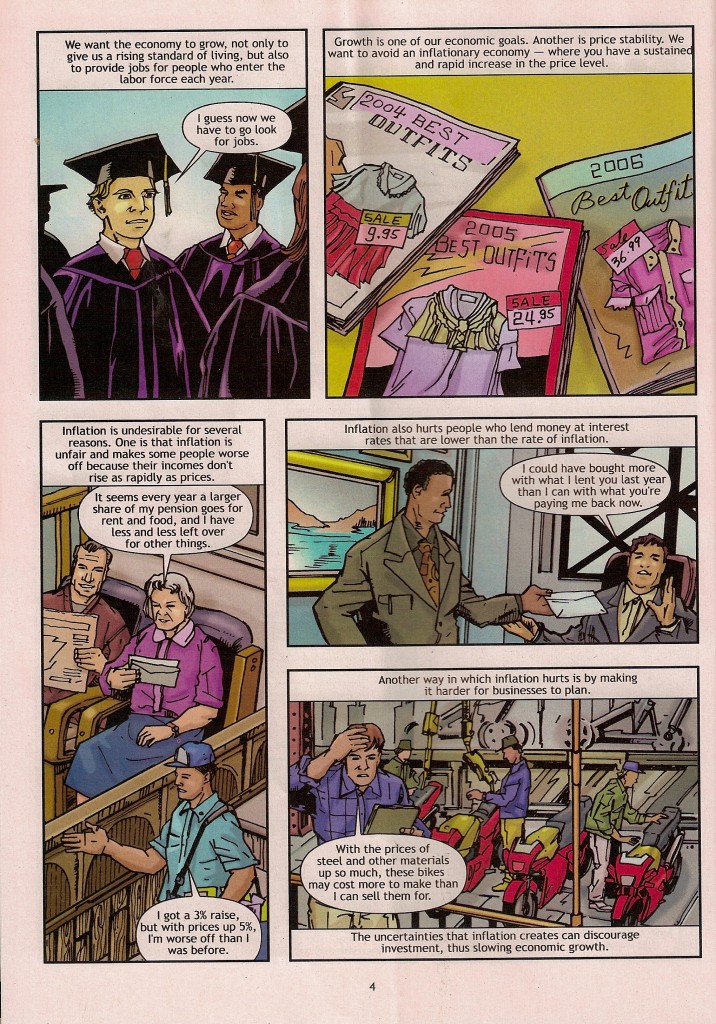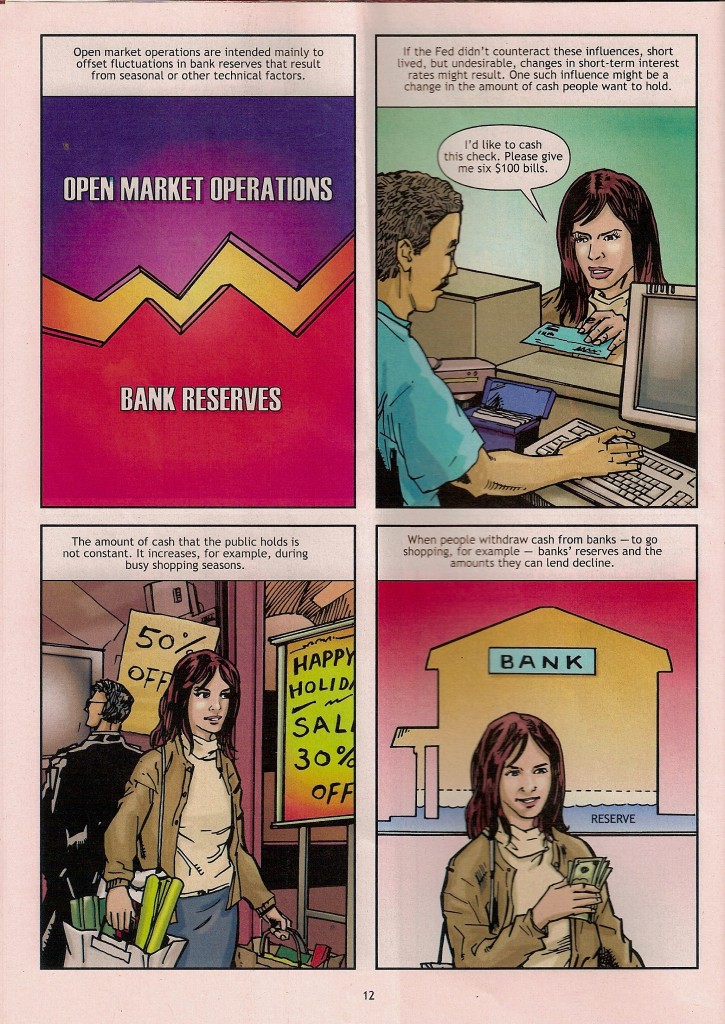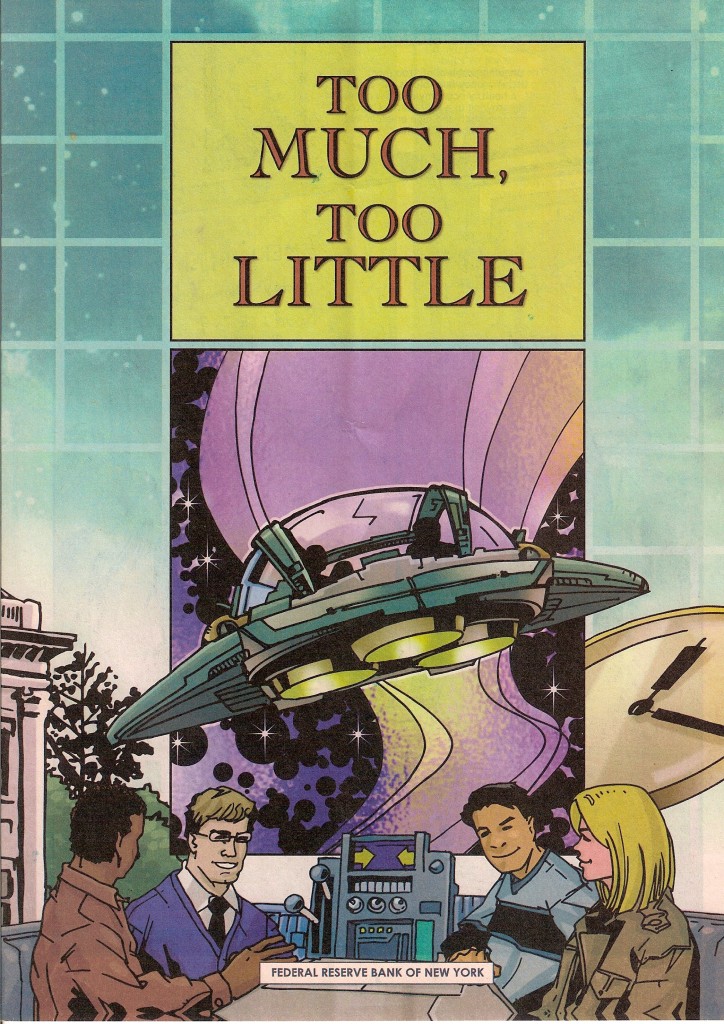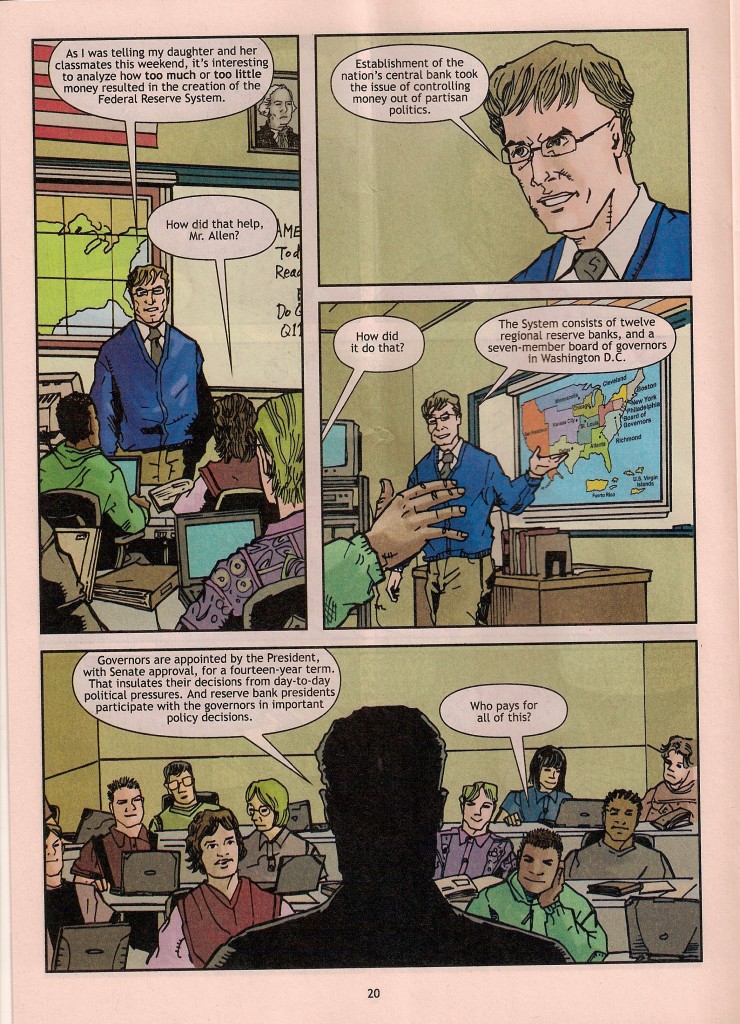Field Trip: Federal Reserve Bank of New York
Having visited the Museum of American Finance and taken a ride on the East River Ferry, my friend Lisa and I continued our Year of FiDi with a free 45-minute tour of the Federal Reserve Bank of New York. You have to make a reservation if you want to visit the gold vault, and ours was for 3:15 p.m. last Tuesday—in other words, not long after the earthquake. On one hand, heading to a neighborhood where most of the buildings are tall and old didn’t seem like the best idea; on the other hand, the Fed couldn’t be the worst place to get trapped, right?
You enter at 44 Maiden Lane, in the rear of the full-block building, and pass through a metal detector and then a cylindrical booth whose purpose was unclear. (You don’t raise your arms like you do with one of the new airport security devices.) If you have a camera you have to check it in a locker, so I left mine at home.
And that was a shame, because the first floor (an elevator ride up from the Maiden Lane entrance) has a lot of cool details, such as high vaulted ceilings and teller windows with wrought-iron gates. They’re not big on direction at the Fed, so we were sort of dumped into an exhibit about coins without knowing what was going on. As I get older, museum exhibits leave me about as cold as tours, so I turned a bit crabby. While Lisa and I wondered whether the Fed hosting an exhibit about coins of the so-called Holy Land wouldn’t fuel certain conspiracy theories, others in our group admired the coins. (I do love the word “shekel.”) Eventually, a guide appeared and called us over.
She explained that there were two coin exhibits: The Holy Land one, which was temporary (I think—her English was choppy, which I point out not from a place of disdain—my Russian is worse—but because it’ll explain why the details in this report might be iffy), and a permanent one courtesy of the American Numismatic Society. The latter has coins from ancient Greece, Rome, Byzantine, and so on. One case in the center of the room contains 12 coins worth over $50 million total. The centerpiece is the sole remaining 1933 Double Eagle, a $20 coin with a fascinating back story involving King Farouk of Egypt. When it was last sold, it went for $7.6 million. (“Plus the $20 face value!” Lia reminds me.)
And then we went to Fed Works, an exhibit about how the Fed works. The experience was strange, because we didn’t have time to read anything in the exhibit, but only after the tour ended was it clear that we were supposed to check out the museum stuff afterward. There may have been an explanation of the Fed’s role in monetary policy, but I didn’t see it, not that I looked that closely, what with distractions like a hologram of a gold bar (very Dr. Evil), a big metal and glass cube with cash in it (or at least along the edges), bins of shredded bills, and a chart on the “life expectancy” of various denominations (from 22 months for $1 bills to 8.5 years for $100 bills). There was also a display about counterfeiting and a large fake camel, for reasons I was unable to deduce, because it was hard to read anything and listen and take notes. The guide, perhaps jaded by now as to why people tour FRBNY, kept telling us what we’d be doing next, then following it with “And then I’ll take you to see the gold.” Her accent did give it a touch of zest, although I would’ve thrown in greedy hand gestures or a raised eyebrow.
Before we could ogle the gold, we were forced to sit through a video (up there with museum exhibits and tours in my book) about the East Rutherford Operations Center, a.k.a. EROC, where the Fed handles cash. Despite the deadeningness of the video, I did learn a few things. 1) The Federal Reserve Bank of New York is one of 12, and it serves the state of New York, northern New Jersey, Connecticut’s Fairfield County, Puerto Rico, and the U.S. Virgin Islands. 2) EROC uses unmanned robotic vehicles to move big piles of cash. 3) There is (or at least was) someone who works at the Fed named Carl Turnipseed. He had lots to say about how EROC has high standards and quality employees, but I kept thinking it’s probably actually like a scene from “Roseanne” in there.
“And now I’ll take you down to see the gold.”
Our group—probably around 15 people—rode elevators to five stories below street level; the gold, so heavy, has to sit on bedrock. Not only were photos forbidden, note-taking was too! (LOL!) Inside a formidable vault and behind bars are compartments holding stacks of gold bars. We could only really see a few stacks besides the one displayed for our enjoyment. Only in the mid-’80s did the U.S. start making gold bars in the trapezoidal shape that the rest of the world was using; before that, ours were rectangular, and much less chic.
The gold was attractive, but at the end of the day I was more intrigued by the choice to paint the room what I think of as UCLA blue (not the same as in the photo; evidently it changes every few years, and the color is “drawn from a hat”); the mundane cubicles just outside the vault; the magnesium shoe covers that workers must wear when they move the gold (which rarely happens); and the news that the security includes marksmen who train at a shooting range on another basement floor. Put that in the video, people! They said about $360 billion in gold is stored at FRBNY now, but that sort of money makes no sense to me. I couldn’t even wrap my head around the breathtaking prices at La Maison du Chocolat on Wall Street, where we went to reward ourselves.
P.S. We skipped the museum exhibits, but we did pick up the comic books that the Fed puts out. A few examples for your delectation (click to enlarge):







